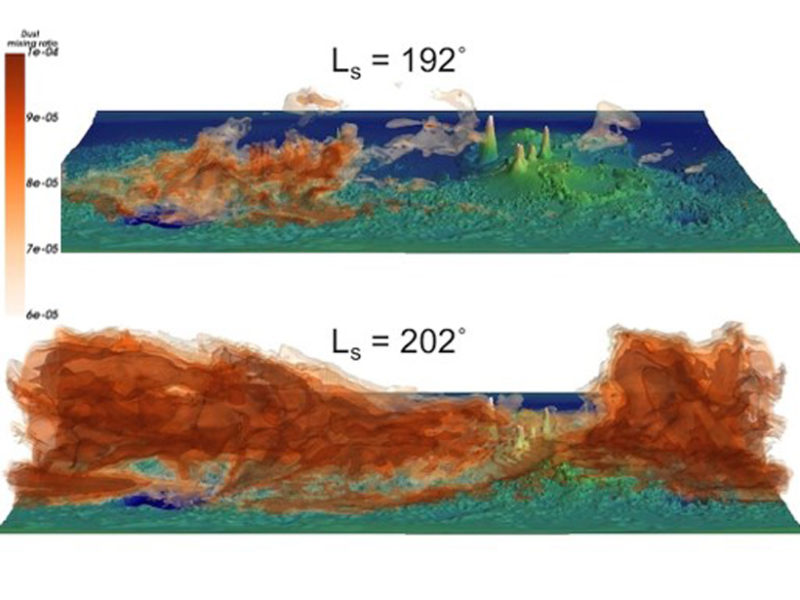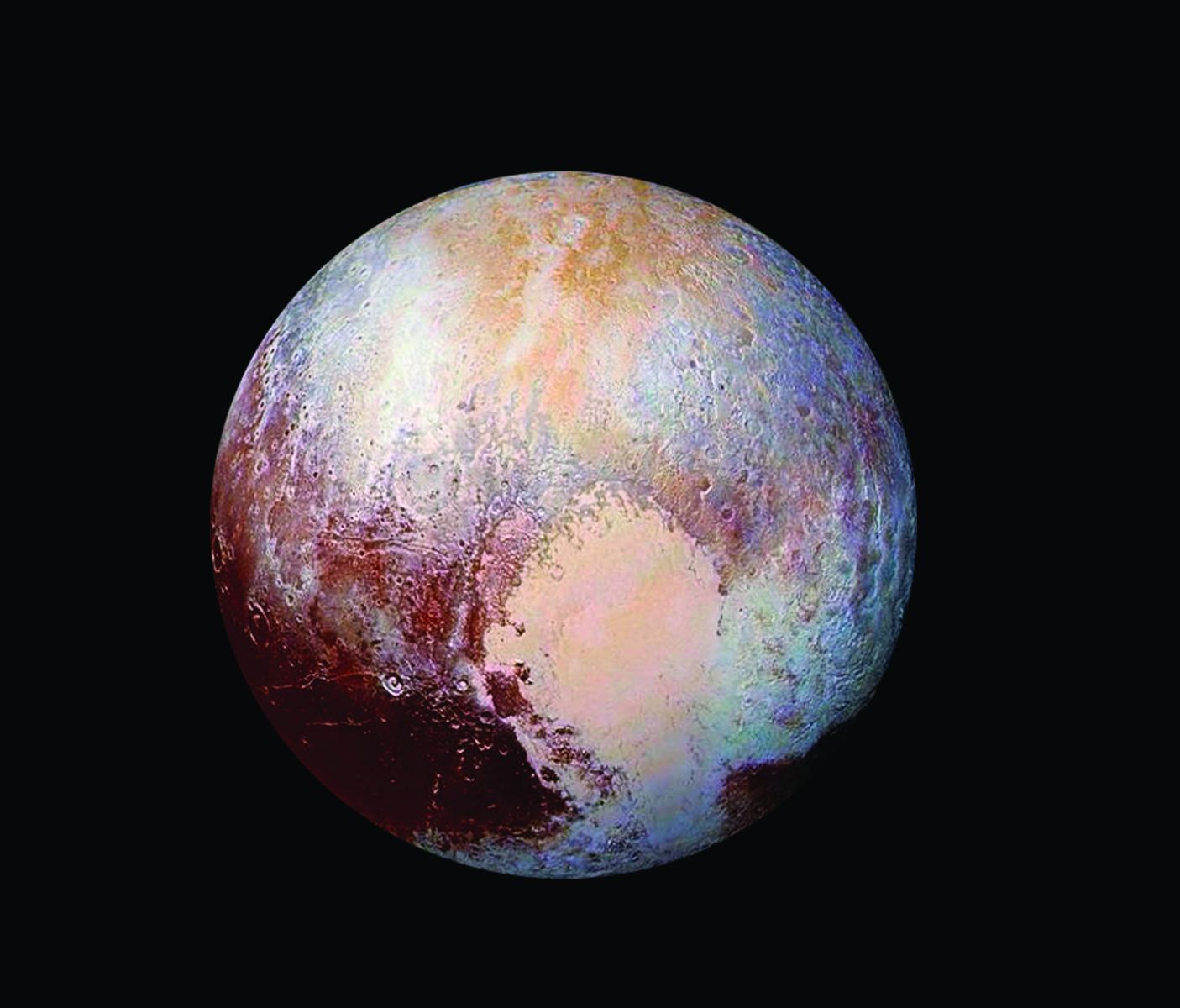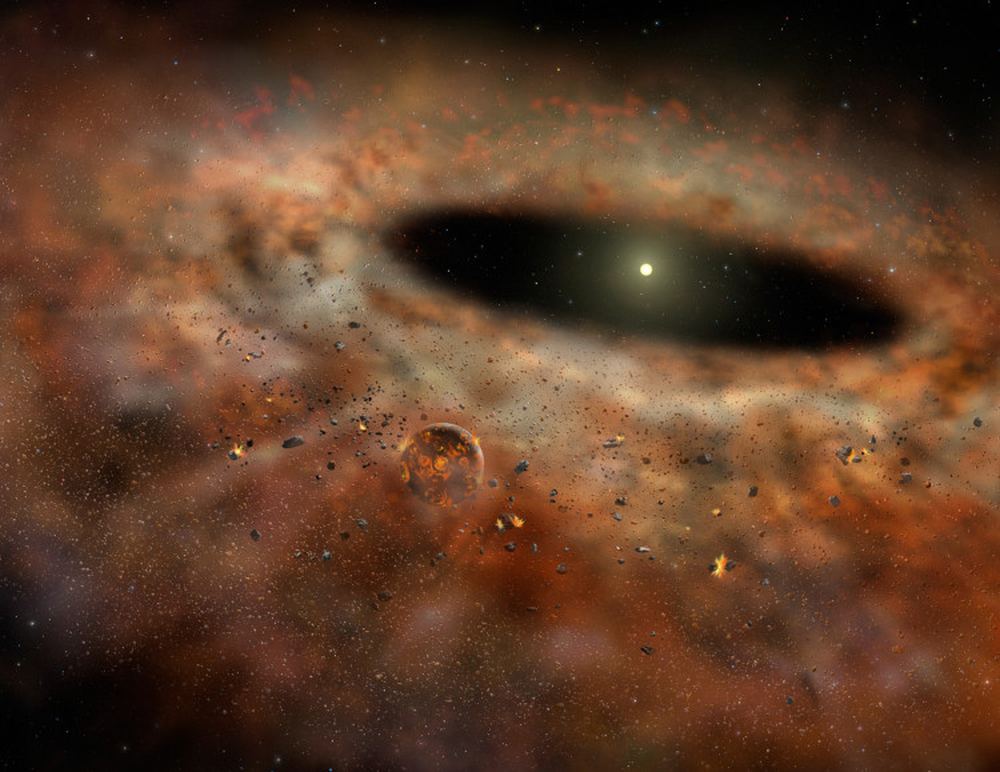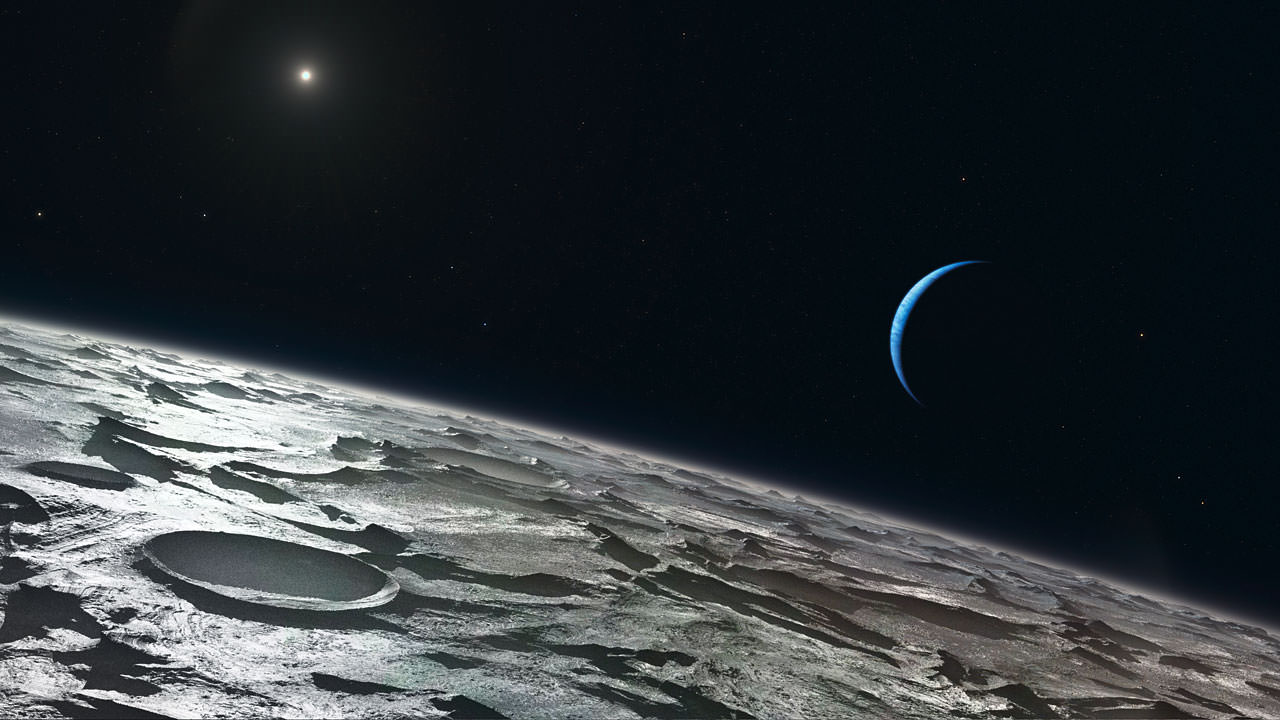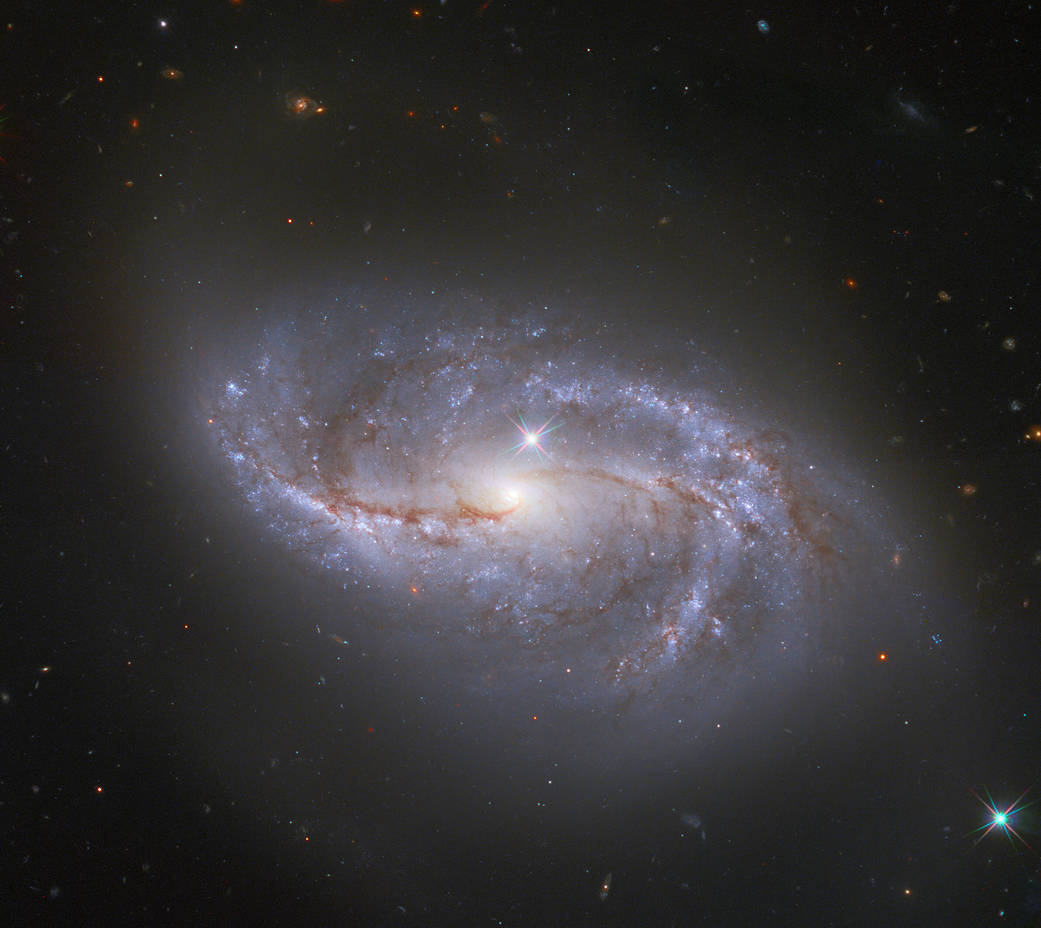On July 2, 2019, the Moon cast its shadow on the surface of the Earth. This time, the shadow’s path travelled across the South Pacific Ocean. It also passed over some of Argentina and Chile. For surface dwellers in the path, the Moon briefly blocked the Sun, turning night into day.
But for one “eye” in orbit around the Moon, the view was different. A camera on a tiny satellite watched as the circular shadow of the Moon moved over the Earth’s surface.
Continue reading “Last Year’s Total Solar Eclipse on Earth, Seen From the Moon”

